Winston Chen
Conditional Front-door Adjustment for Heterogeneous Treatment Assignment Effect Estimation Under Non-adherence
May 08, 2025
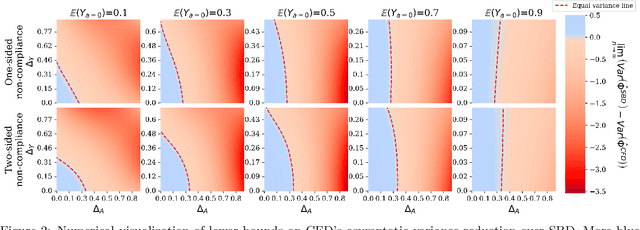
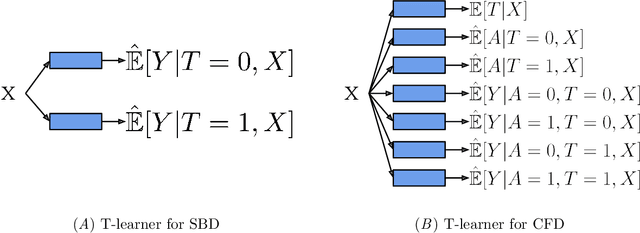

Abstract:Estimates of heterogeneous treatment assignment effects can inform treatment decisions. Under the presence of non-adherence (e.g., patients do not adhere to their assigned treatment), both the standard backdoor adjustment (SBD) and the conditional front-door adjustment (CFD) can recover unbiased estimates of the treatment assignment effects. However, the estimation variance of these approaches may vary widely across settings, which remains underexplored in the literature. In this work, we demonstrate theoretically and empirically that CFD yields lower-variance estimates than SBD when the true effect of treatment assignment is small (i.e., assigning an intervention leads to small changes in patients' future outcome). Additionally, since CFD requires estimating multiple nuisance parameters, we introduce LobsterNet, a multi-task neural network that implements CFD with joint modeling of the nuisance parameters. Empirically, LobsterNet reduces estimation error across several semi-synthetic and real-world datasets compared to baselines. Our findings suggest CFD with shared nuisance parameter modeling can improve treatment assignment effect estimation under non-adherence.
Error-controlled non-additive interaction discovery in machine learning models
Aug 30, 2024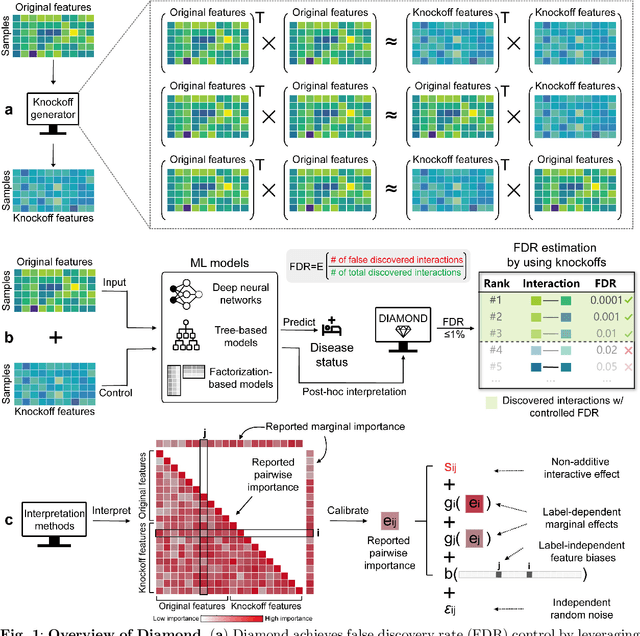
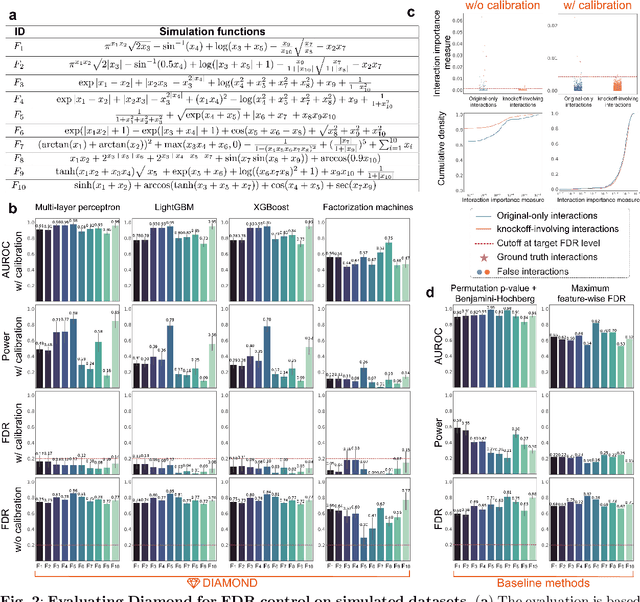
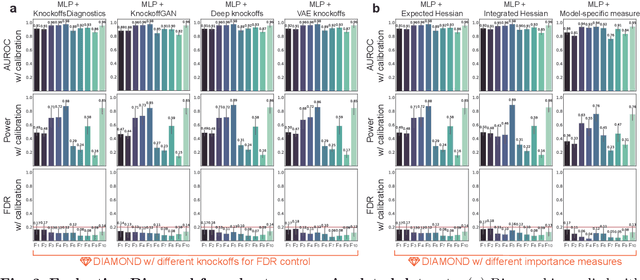
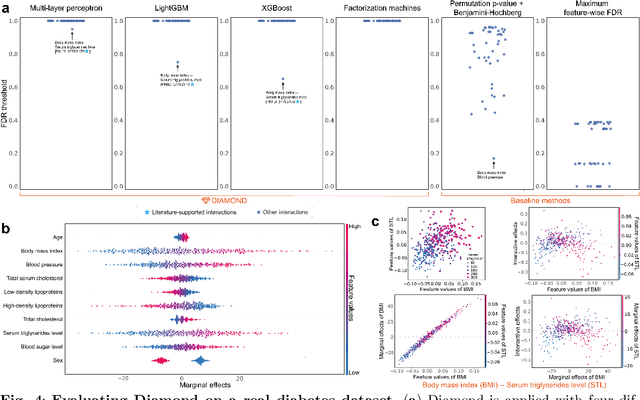
Abstract:Machine learning (ML) models are powerful tools for detecting complex patterns within data, yet their "black box" nature limits their interpretability, hindering their use in critical domains like healthcare and finance. To address this challenge, interpretable ML methods have been developed to explain how features influence model predictions. However, these methods often focus on univariate feature importance, overlooking the complex interactions between features that ML models are capable of capturing. Recognizing this limitation, recent efforts have aimed to extend these methods to discover feature interactions, but existing approaches struggle with robustness and error control, especially under data perturbations. In this study, we introduce Diamond, a novel method for trustworthy feature interaction discovery. Diamond uniquely integrates the model-X knockoffs framework to control the false discovery rate (FDR), ensuring that the proportion of falsely discovered interactions remains low. We further address the challenges of using off-the-shelf interaction importance measures by proposing a calibration procedure that refines these measures to maintain the desired FDR. Diamond's applicability spans a wide range of ML models, including deep neural networks, tree-based models, and factorization-based models. Our empirical evaluations on both simulated and real datasets across various biomedical studies demonstrate Diamond's utility in enabling more reliable data-driven scientific discoveries. This method represents a significant step forward in the deployment of ML models for scientific innovation and hypothesis generation.
DeepROCK: Error-controlled interaction detection in deep neural networks
Sep 26, 2023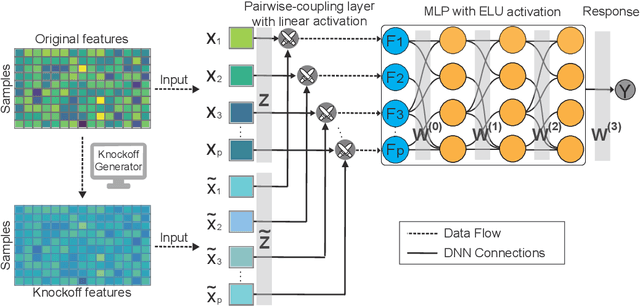
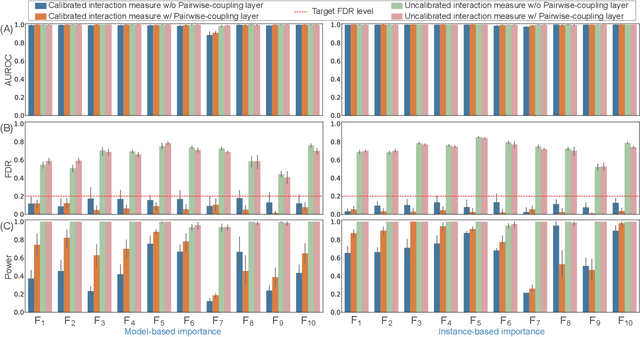
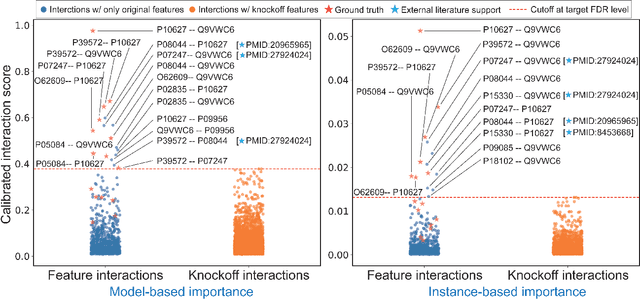
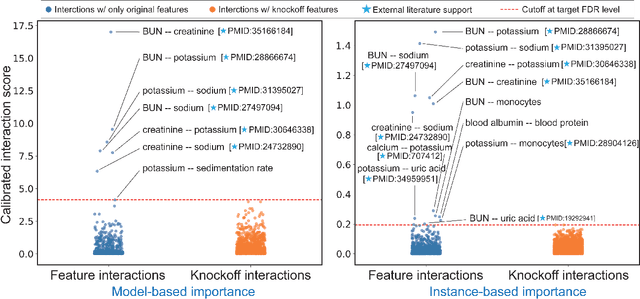
Abstract:The complexity of deep neural networks (DNNs) makes them powerful but also makes them challenging to interpret, hindering their applicability in error-intolerant domains. Existing methods attempt to reason about the internal mechanism of DNNs by identifying feature interactions that influence prediction outcomes. However, such methods typically lack a systematic strategy to prioritize interactions while controlling confidence levels, making them difficult to apply in practice for scientific discovery and hypothesis validation. In this paper, we introduce a method, called DeepROCK, to address this limitation by using knockoffs, which are dummy variables that are designed to mimic the dependence structure of a given set of features while being conditionally independent of the response. Together with a novel DNN architecture involving a pairwise-coupling layer, DeepROCK jointly controls the false discovery rate (FDR) and maximizes statistical power. In addition, we identify a challenge in correctly controlling FDR using off-the-shelf feature interaction importance measures. DeepROCK overcomes this challenge by proposing a calibration procedure applied to existing interaction importance measures to make the FDR under control at a target level. Finally, we validate the effectiveness of DeepROCK through extensive experiments on simulated and real datasets.
Exploring Low-light Object Detection Techniques
Jul 30, 2021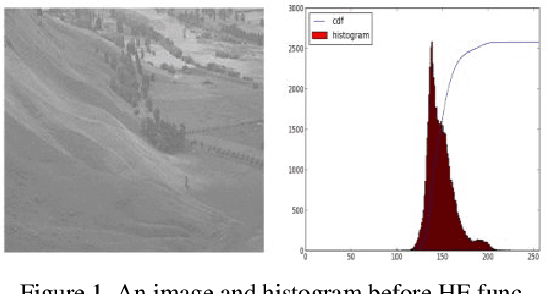
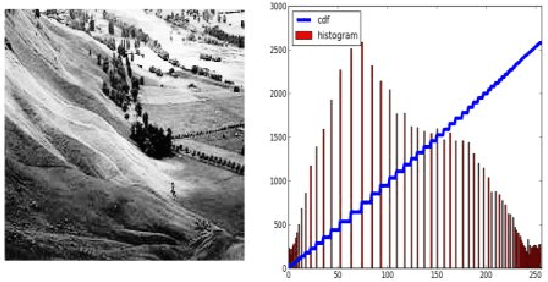
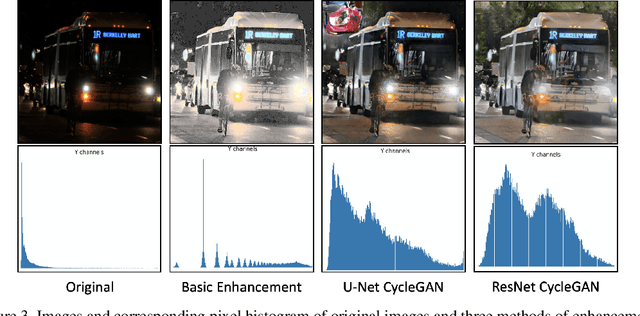
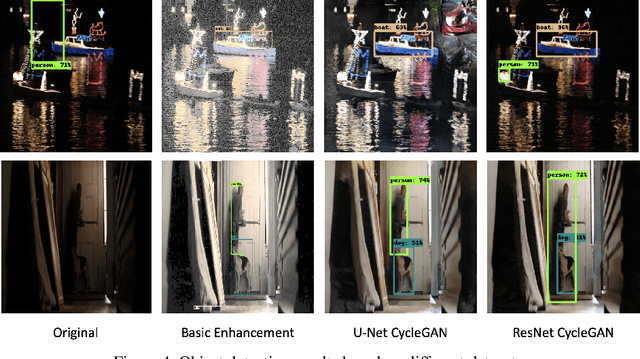
Abstract:Images acquired by computer vision systems under low light conditions have multiple characteristics like high noise, lousy illumination, reflectance, and bad contrast, which make object detection tasks difficult. Much work has been done to enhance images using various pixel manipulation techniques, as well as deep neural networks - some focused on improving the illumination, while some on reducing the noise. Similarly, considerable research has been done in object detection neural network models. In our work, we break down the problem into two phases: 1)First, we explore which image enhancement algorithm is more suited for object detection tasks, where accurate feature retrieval is more important than good image quality. Specifically, we look at basic histogram equalization techniques and unpaired image translation techniques. 2)In the second phase, we explore different object detection models that can be applied to the enhanced image. We conclude by comparing all results, calculating mean average precisions (mAP), and giving some directions for future work.
 Add to Chrome
Add to Chrome Add to Firefox
Add to Firefox Add to Edge
Add to Edge